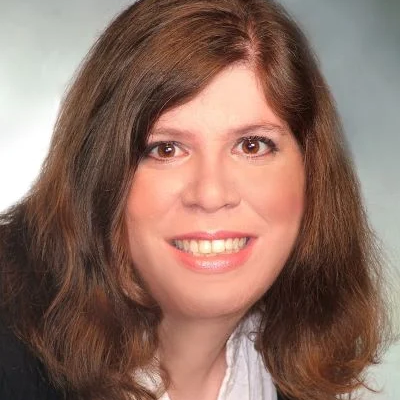*This article is derived from a webinar that occurred in 2017. Its content remains relevant to the accounting industry today.
Michelle Long and Alicia Katz Pollock are two of the leading QuickBooks trainers and advisors in the world. Michelle is an Advanced Certified QuickBooks ProAdvisor with a unique relationship with Intuit as a trainer, consultant and author of numerous courses for Intuit Academy. She is also a co-author of the Advanced Certification Exam Preparation courses for both QuickBooks Desktop and QuickBooks Online. Michelle has to stay current on technology if she’s going to train all her peers in how to support QuickBooks, but she also services her own clients, staying current to make sure that she takes good care of them.
Alicia Katz Pollock is an author and Advanced Certified QuickBooks ProAdvisor. She’s a member of the Intuit Trainer Writer Network. She self-publishes QuickBooks training materials and each month leads webinars on a wide range of technology topics including QuickBooks, Apple, Microsoft Office and various back-office and business productivity solutions. In the field, her QuickBooks setups and troubleshooting sessions blend with her skills of technology and the patience of a trainer to keep her clients current on technology as well.
Joe Woodard: The apps are going to get more and more sophisticated. I’m going to be excited to see how they roll some of these practice management features into the app as well.
They’re putting a lot of their self-employed eggs in the mobile basket. In some cases they’re not even deploying a PC or Mac interface for QB Self Employed in some countries, like India. They’re just using mobile. If you want to use it, you have a smartphone. If you don’t have a smartphone, you don’t use QBO. That’s bold. But obviously, they’ve got some research to back it up. But what I think that does for all of us globally, if Intuit is that serious about powering up the mobile interface, we’re all going to benefit, even if we have a PC or Mac as well.
I’ve got one more question for you, and it’s a higher-level one, which you can answer with a QBO answer: What do you feel is the number-one technology improvement in the last few years?
Alicia Pollock: One of my favorite improvements in technology is a very small thing but it actually turned into a absolutely huge thing: that the banking apps on your phone now give you the ability to deposit your checks by taking pictures of them. The benefits of that are enormous. If a client pays you by check, you frequently will sit there with the check until they stack up with enough for you to justify taking a trip to the bank to deposit them. So you sit there on your money without depositing it into the bank. WIth the mobile app, as soon as you get the check, you can take pictures of the front and the back and it’s deposited right then and there. You can do it while you’re sitting in your car or at the end of the day. And another added bonus is that now you’re not grouping your checks together, your bank statement will show each check as its own individual item. It will integrate into your QBO and automate itself. It will match your invoices and sales receipts for you automatically without you having to go to the Make Deposits option to group them together. It saves you steps in your workflow.
Joe Woodard: Take the picture of the check, let the bank take care of that part, and then through bank feeds, it’s automated at the deposit level with banking but it’s automated at the General Ledger now level better. You get the one-two punch. And I would say that as a general category, that’s a fantastic example of “click to enter” in motion. In the QBO universe, it’s a kill-two-birds. That makes it very powerful.
The whole sector you addressed, of take a picture or scan a piece of paper, liberates that data, parses that data, and has solutions automatically code that data to the General Ledger. That whole category, to me, would be my answer in a broader sense. You’ve got solutions like HubDoc, Receipt Bank, Tally, Expensify, you name it, liberating that data off the printed page, or in the case of an email, they have email addresses, where you forward already digitized data so they can parse and enter the data. That’s another leg in that journey of “enter none” that I think is going to define the industry over the coming years.
Alicia Pollock: Anything we can do to eliminate steps really boosts our productivity.
Joe Woodard: Productivity, profitability. I’m going to channel a little Ron Baker here: So that we can have adaptive capacity to measure our own effectiveness. Most bookkeepers and accountants want to contribute to the success of their clients, but they’re not staying current on technology in a way that frees them to do so. Without adaptive capacity, this ability to spend some time proactively with clients because we’re too busy with key punching and data entry and doing client productions is causing us, the keepers of data, knowledge and interpretation, to be doing a disservice to our clients.
All of it fits together nicely in a greater goal that leads to greater profits for us and greater effectiveness for our clients. It sounds your answers mean QBO is a critical part of that. I appreciate your sharing that with us today.
Alicia Pollock: My pleasure.
Click here to return to Part 3
.png?width=150&height=63&name=TWRlogo-regmark_blueblack%20(1).png)
.png)

.jpg)








Do you have questions about this article? Email us and let us know > info@woodard.com
Comments: